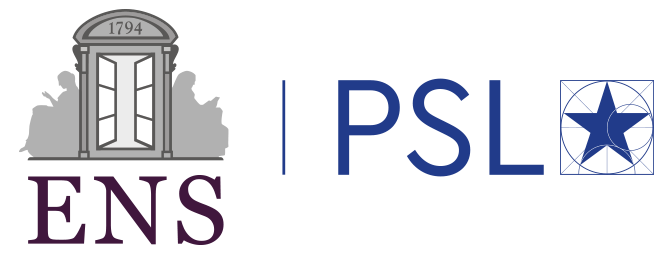Domaines
Condensed matter
Quantum information theory and quantum technologies
Nanophysics, nanophotonics, 2D materials and van der Waals heterostructures,, surface physicss, new electronic states of matter
Type of internship
Expérimental Description
State-of-the-art quantum sensing methods rely on spin defects hosted in three-dimensional materials which are facing several obstacles including (i) a limited spatial resolution, and (ii) the inability to engineer ultrathin quantum sensors. The objective of this research project is to overcome these limitations through the design of a flexible, quantum sensing foil based on an atomically-thin two-dimensional (2D) material. Our approach consists in using optically-active spin defects hosted in 2D hexagonal boron nitride (hBN), a wide-bandgap material which is a key building block of van der Waals heterostructures. The work will be focused on the study of the spin and optical properties of the boron vacancy (VB) defect in hBN, in order to assess its potential for quantum sensing applications, with a focus on magnetic field detection. The objective of the internship will be to analyze the performances of ultrathin hBN flakes (down to the monolayer limit) doped with VB centers for quantitative magnetic field imaging at cryogenic temperature (4K). On a longer-term perspective, the goal will be to integrate this quantum sensors into van der Waals heterostructures in order to probe, in situ, the physics occurring at the interfaces between atomically thin 2D materials assembled in vertical stacks, with a focus on 2D magnets and 2D superconductors.
Contact
Aurore Finco
